Have you ever seen an image of the very first X-ray? Look at the fourth finger. What do you see?
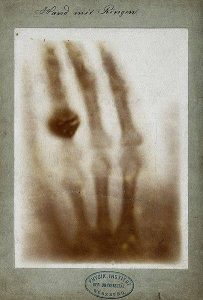
If you guessed “ring”, you are correct. When German physics professor Wilhelm Conrad Röntgen discovered the X-ray in November 1895, the first image he took was of his wife Anna Bertha’s left hand – with her engagement ring prominently displayed for the world to see. Upon seeing the ghostly image, Bertha is said to have exclaimed, “I have seen my own death.”
Fast Forward 120 Years...
In 2017, I received an e-mail from a new translation client named Allison Stabile. She and her cousins, Frank Wilson and Paul Heidorf, all descendants of the Röntgen family, were on a quest to prove that the golden ring that had been passed down by their relatives for generations was the ring – the ring in the x-rayed image of Bertha’s hand that had become famous throughout the world.
All signs pointed to the fact that it was. The interior of the ring was engraved with the name F. Röntgen (you’ll soon see why an F), and the date 1869. Family lore and photos of Bertha and other ancestors showed a very similar-looking ring on the women’s hands throughout the ages. But Frank, Allison, and Paul wanted to be absolutely sure…

The Ring's Journey Through Time...
Frank Wilson received the ring from his Aunt Julia (Louise Grauel’s granddaughter) in 1979. At that point, he determined to prove the ring’s connection to the famous x-ray once and for all.
Through Frank’s extensive research, he came to believe that the ring was made at a workshop in Emmerich, Germany in 1839, as it was there that his great-great-grandfather Ferdinand Röntgen married Henriette Catharina on April 30, 1839 (there’s our F!).
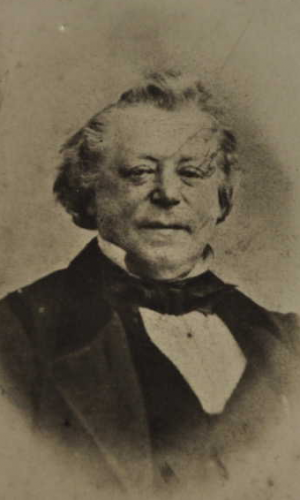
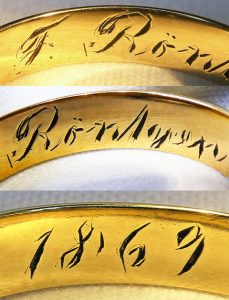
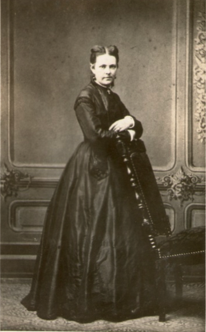
After Bertha’s death in 1919 – during a time of economic hardship in post-World War I Germany – Frank believes that Wilhelm Conrad had the ring sent back to its original owners, specifically to his cousin Louise Grauel, now in America. She had emigrated with her brother Johann Heinrich and her father (Wilhelm Conrad’s uncle) Ferdinand in 1872. As you can imagine, this ring was extra special to Louise, as it had originally belonged to her mother, Henriette.
As time progressed, this special family keepsake was passed down through the generations, until it eventually made its way from an aunt to Frank himself in 1979.
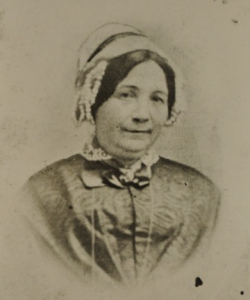
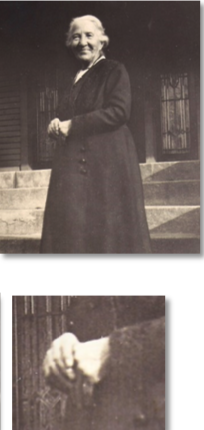
The Quest Begins...
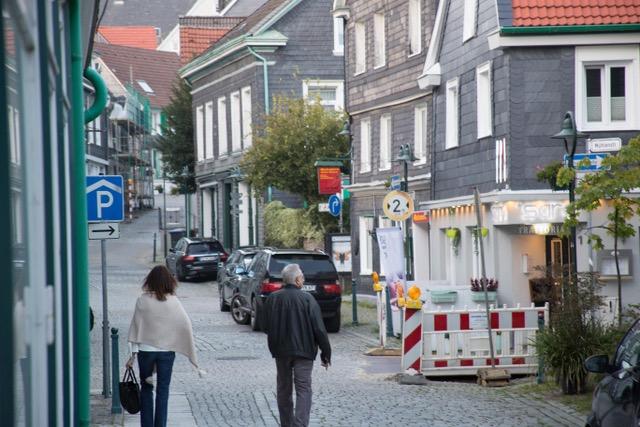
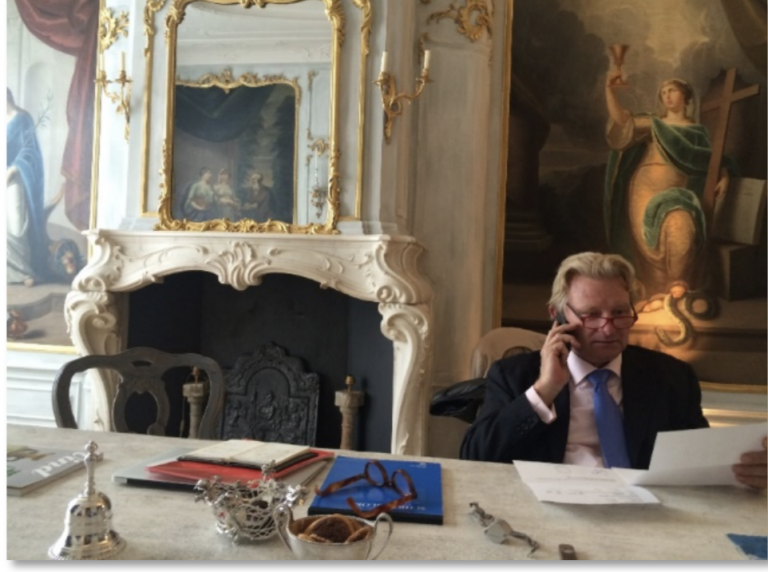
What Did the Experts Say?
While each expert assisted Frank in their own way, it was an expert goldsmith in Switzerland who told Frank that the ring had actually been resized in the late nineteenth century – which fit perfectly with the theory that the ring given to Bertha had originally belonged to someone else with a different-size finger. Henriette, perhaps?
An engraving expert then informed Frank that the ring engraver was likely not an expert himself and that he had probably been working without a magnifying glass. Based on detailed examination of the engraving, it was this expert’s opinion that the “1869” portion of the engraving had been done by a different engraver or with a different engraving tool – thus supporting the fact that the “1869” was added at a different time than the name “F. Röntgen”. Could it have been for Wilhelm Conrad Röntgen’s engagement to Bertha?
Following these findings, multiple experts recommended that Frank have a DNA analysis of the ring performed. This could help solve things once and for all.
It was that path that Frank decided to embark on next.

In the Meantime...
While Frank was hard at work getting clues about the physical ring itself, Allison Stabile, Frank’s third cousin and great-great-great-granddaughter of Uncle Ferdinand Röntgen, was busy herself.
Allison – whose middle name is Röntgen – had hundreds of documents and photos in her possession, family keepsakes that had been passed down to her through her family line. She met Frank on Ancestry.com while trying to identify certain shared ancestors in photos. But shared ancestors weren’t the only thing these two Röntgen cousins had in common…
After years of online contact, Frank and Allison finally met in person in November of 2016, researching with fellow Röntgen descendant Paul Heidorf in the archives at Case Western Reserve University in Ohio. On that trip, Frank proudly showed Allison the famous ring – and more.
In addition to the ring, Frank showed Allison two forks and spoons that had been passed down to him from his Aunt Julia. These spoons, with hallmarks proving they were made in Amsterdam in 1842, were from the 1842 Amsterdam wedding of X-ray inventor Wilhelm Conrad’s Röntgen’s parents. Their monogram (RF, for Röntgen and the wife’s maiden name of Frowein) was carved on the back. More impressed with the ring than the spoon, Allison didn’t give them much thought, until…
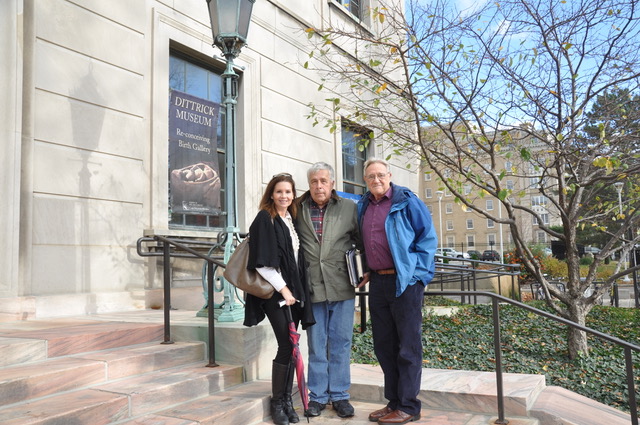
Two years later, Allison was sorting through all the family heirlooms that she herself had received. Her eyes widened in shock as she stumbled upon two familiar-looking silver spoons. She turned them over – that same R and F were on the back! They were from the very same Dutch set that Frank had showed her two years ago!
While neither Frank nor Allison know how the spoons came to America or how the set got separated and divided up among two Röntgen family lines (who might never have met each other without Ancestry.com), this coincidence between the third cousins made Allison and Frank feel even more united on their journey to prove the ring’s origins.
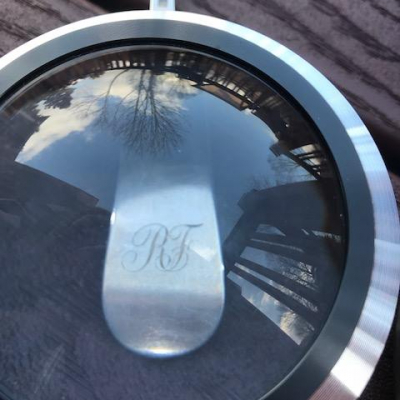
Let’s Get Back to the Mystery of the Ring…
With Frank searching for physical proof on the ring itself, Allison started looking for written proof. After all, she had those 19th-century letters and photographs from the Röntgen family in her possessions. Could the ring have been mentioned within those old German pages?
And that’s how I got involved. With the letters in German and the old German handwriting, Allison couldn’t read them herself. Through a series of referrals, she found my website, and I was so glad she did. The family’s quest to find the ring’s origins sounded like an exciting challenge to me!
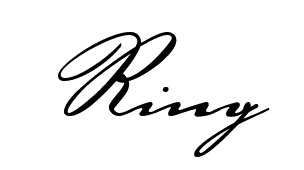
While we haven’t found any mention of the ring – yet!-, I’ve really enjoyed translating Allison’s special letters and learning the history of the Röntgen family.
A Cruel Twist of Fate...
With the letters not producing any written clues, Frank and Allison turned back to the physical ring itself. In 2019, Frank again set off to Europe, ready to follow the experts’ advice and have the DNA in the engraving of the ring tested in Switzerland. Perhaps DNA could prove the ring’s origins once and for all.
Unfortunately, it was not to be.
When Frank awoke from a nap on the train ride from Düsseldorf to Switzerland, the ring – along with some cash – had vanished from his nearby backpack. The thief had only left the ring’s plastic bag behind.
Frank acted quickly, immediately reporting the theft to the local police in Düsseldorf. But despite the quick action, the police were unable to locate the thief. The ring was gone.
But There's Still Hope...
For years, Frank, Allison, and Paul have been working diligently to trace the origins of their beloved family possession, an item that also has immense meaning to the scientific community. In fact, once the ring’s origins were proven, Frank was planning on donating a replica to the Röntgen Museum in Lennep, Germany, so that the entire world could share in this ring’s special story. But before he could do so, the ring was cruelly stolen – and the thief likely had no idea what he had taken from the family.
Fortunately, the story doesn’t end there. In the last few months, interest in the Röntgen ring story has provided the cousins with a glimmer of hope. When I was in Salzburg last summer, author Alexandra Nagele became interested in the family’s story and decided to interview me about my work with the Röntgen letters and the ring itself. That article was published in the Salzburger Nachrichten, the main newspaper of Salzburg, this past September. Through that recent article, other newspapers have expressed interest in the fascinating saga and more articles are forthcoming.
Perhaps, with enough media attention and getting the word out, the ring will resurface someday – and people will be able to recognize and return it when it does.
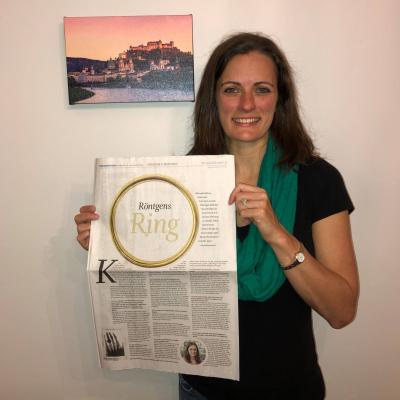
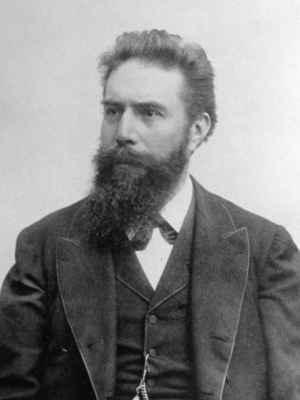
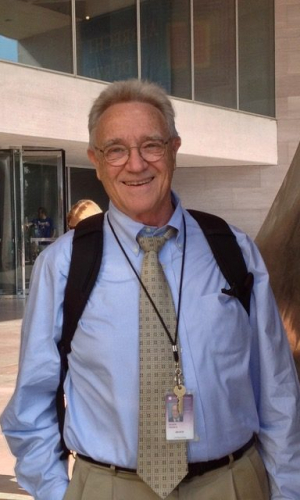
Will you help to spread the word about the missing Röntgen ring? Share the story on Facebook, Twitter, and Instagram with your community and genealogy groups. The more people that know about the ring’s fascinating history, the more chance of it being found and returned someday. You never know what can happen when we all work together.

6 Responses
I visited the Rongen Museum in Lennep Germany, because I have many relatives who were born in Remscheid. The town next door. Some of the family traces back to Lennep. When we made that visit we also stayed I. Dusseldorf.
Oh wow how cool! If you want to share a picture on my Facebook page under the post, that would be great to see your trip. I would love to make it to the museum someday. https://www.facebook.com/sktranslationservices/
What a fascinating, interesting story and such a wonderful family history. Thank you for sharing your journey and I hope the ring is found.
What a great story. It’s always interesting diving into the providance of those family heirlooms as well as following the twist and turns in getting to the truth.
I’m a radiologist, and looking at the famous image, to my eye this looks less like a simple wedding band and more like a jeweled engagement ring or signet ring. Perhaps 2 rings.
I’d like to make a recreation of Roentgen’s wife’s hand, and I’d like to replicate the ring as much as possible.
I’d appreciate input from people who have studied this more than me.
I agree with Ken Schreibman’s comment. I was thinking the ring in the x-ray looks way too bulky to match the simple band. I even Googled “images of hands that were x-rayed with wedding band rings.” Quite a difference. Maybe there’s another ring out there!